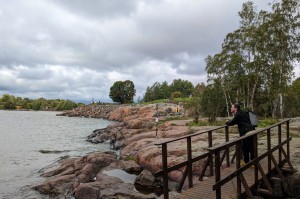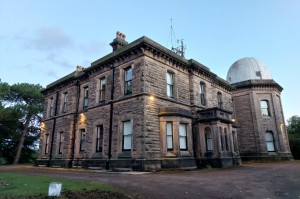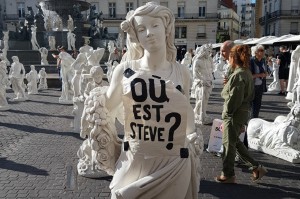Field Trip: Malta Festival, Poznań, Poland
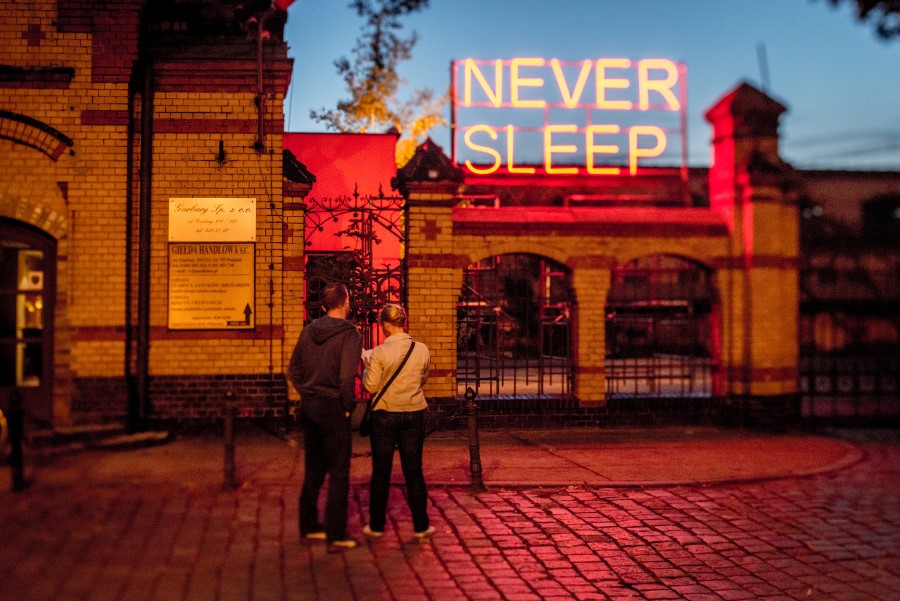
Poznan’s Malta Festival is a diverse and compelling experience set in a city with the same qualities, finds Emma Sumner…
Crammed with castles, cathedrals and boasting two clockwork goats as its mascots, the Polish city of Poznań is one of the country’s oldest, largest and most vibrant cities. Situated midway between Berlin and Warsaw, Poznań was once Poland’s capital city and remains a diverse and energetic metropolitan full of character and history. Every June, for around three weeks, it flourishes with a methodically curated collection of cultural activities: the Malta Festival, and the reason for my first visit to this captivating city.
Named after a lake on the outskirts which played host to its first editions, the Malta Festival has been running for 25 years and pleasantly invades all corners of Poznań. Unafraid to tackle life’s big questions, this year’s theme, New World Order, was curated by British (Sheffield-based) artist and writer Tim Etchells. A founding member and artistic director of the experimental performance group Forced Entertainment, Etchells’s programme included, unsurprisingly, a lot of performance; including the intimate and playful Tomorrow’s Parties. Set on a minimal stage, illuminated only by a string of coloured lights, two actors shared their musings on what the future might hold for various global and trivial matters in a comical, yet relatable hypothetical future guessing game.
Etchells’s former students from The Amsterdam College of Arts Mime presented Schwalbe, which seemed to comment
If live art wasn’t your thing, New World Order had a provocative programme of films to watch, including Greek new wave from Georgos Lanthimos in Kiel (2009). A curious portrayal of the lives of three children — who are kept in isolation from the outside world and taught a bizarre set of morals by their wealthy parents — played in the courtyard of the city’s Old Ballet School. Lanthimos’s intriguing topic maintained the audience’s attention despite the cold and rainy weather.
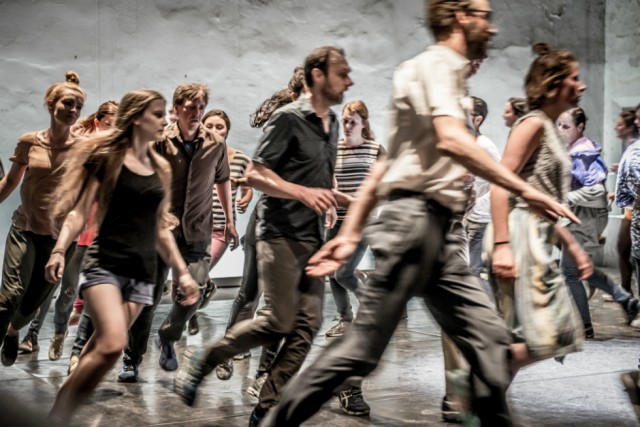
The Malta Festival hub occupied one of Poznań’s larger city squares this year: at Plac Wolności (Liberty Square) I found a stage, relaxation area and pop-up bar and restaurant, playing host to festival goers who wanted to meet, discuss or watch performances. It perfectly illustrated the festival’s serious but social vibe, and it was good to see how locals participate in the event.
Dipping outside of the festival for a bit, I sampled more cafe culture at the Stary Rynek (Old Town Square): after being badly damaged during World War II, it is now restored to its former glory — so much so, TripAdvisor calls it ‘one of Europe’s nicest’ historical town squares. A big part of the nightlife here, Stary Rynek is home to some of the Poznan’s most highly acclaimed restaurants, including Brovaria, a unique brewery/hotel/restaurant with a great atmosphere, food and excellent in-house beer.
It is also home to those aforementioned clockwork goats, who emerge from the Town Hall’s clock tower at precisely 12 noon everyday to a fan fair of trumpets and cheering crowds, to lock horns in their daily tussle. Just off the Old Town Square is the baroque Parish Church of St. Stanislaus, which although unassuming from the outside, dazzles visitors who enter with its large amounts of decorative gold leaf, ornate statues and grand organ.
For those looking to explore Poznań’s outer suburbs, the city’s green and yellow tram system runs a regular service and even has a tourist line served by historical vehicles, and is perhaps the best way to explore both the city and the Malta Festival. In the South West suburb of Łazarz, a small intimate garden space — surrounded by overbearing tower blocks, wild flowers and a dropping willow tree (a nominee for Poland’s Best Tree Award 2015) — provided a natural haven for festival workshops, art commissions and live music, including the jazz and blues-inspired Lord and the Liar, which drew a good crowd of Poznań residents from near and far.
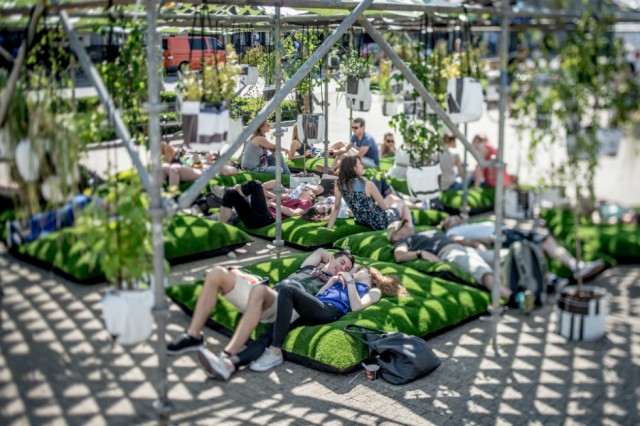
Back to the city centre, and the consumer metropolis of the Stary Browar (Old Brewery) retail centre; not to shop, but to see The Art Stations Foundation, whose community-focused dance centre was — remarkably — built at the heart of this commercial development. Hosting an experimental set of dance performances from international performers, again as part of the Malta Festival, I saw the incredible Israeli duo All-Eaters. Performing completely naked and fully exposed to their audience, the dancers’ bodies intertwined to create various forms and situations; which on reading sounds erotic, but in reality was actually laugh-out-loud comical. Trafford Centre, take note: contemporary dance does work in a shopping centre.
In the same place, Art Stations Gallery seemed to examine the relationship between dance and visual art. The current exhibition, Let’s Dance (on until 18 Oct 2015), looks at how everyday movement and gestures have been developed by choreographers and in turn have influenced the work of artists. Including works by Dan Flavin and Vanessa Beecroft to music videos by Beyoncé and Jungle, the exhibition is an interesting look at the democratic nature of dance.
A diverse and compelling experience set in a city with the same qualities, Poznań’s Malta Festival is an ideal cultural trip for those interested in theatre or the arts. Its choice of festival venues — from town squares to gardens to shopping centres –provide any visitor access to a different side of Poznań than your everyday tourist would usually enjoy.
Emma Sumner
The 2016 Malta Festival will be constructed around the relationship between spectator and actor. The curator, Lotte van den Berg, is a Dutch artist who combines together theatre, performance and visual arts; more here
See the Let’s Dance exhibition at Art Stations Gallery, Poznan, until 18 Oct 2015
All images courtesy Maciej Zakrzewski, for Malta Festival, Poznan



